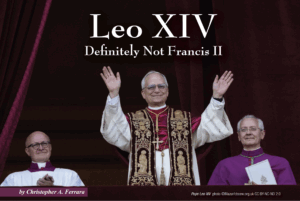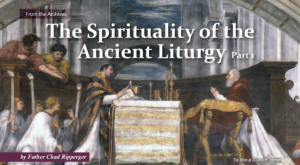The Latin Mass: The Journal of Catholic Culture and Tradition
Subscribe to The Latin Mass: The Journal of Catholic Culture and Tradition
You can subscribe by clicking the button beneath your selected option below.
Prefer a different method? You can also subscribe by phone, 201-327-5900, or by mail!
$45
/ 1 year
Donate a Subscription for a priest or religious, educational institution or a prisoner
Clicking on a Subscribe button will take you to the secure PayPal® system. ** You may use PayPal processing even if you don’t have a PayPal Account ** PayPal accepts credit card payments.
Culture, Truth, and Beauty
What Is The Latin Mass: The Journal of Catholic Culture and Tradition?
Since 2001 we have offered our readers a refreshingly penetrating view of the Church and the world seen clearly in the timeless light of the Catholic Faith – “ever ancient, ever new.” In almost 100 issues we have given them:
- The beauty and depth of the traditional Mass and the culture that it inspires.
- A reasoned, objective examination of some of the most challenging issues facing the Church today.
- A deeply informed analysis and a wide range of subjects
The Latin Mass: The Journal of Catholic Culture and Tradition is making an ongoing contribution to the scholarship and education of Catholics who love and support the traditional Mass and the riches of Catholic tradition that our world so desperately needs.
The Latin Mass also offers an intellectually stimulating view of authentic Catholic culture. We bring you the perennial wisdom of Catholicism through its theological, spiritual, liturgical, cultural, and other perspectives. Our writers will help you to navigate the turbulent currents of contemporary culture – inside and outside the Church.
The Latin Mass Magazine
Our Mission
The mission of The Latin Mass: The Journal of Catholic Culture and Tradition is to make known the treasures of Catholicism within the context of a Western culture that is in the process of rejecting the Faith responsible for its greatness; to offer an antidote to the universal phenomenon of an accelerating secularism that is hostile to the One True Church and the salvific charge given to it by our Lord; to disseminate through a variety of disciplines the fullness of Catholic culture and fight against the corrupting influence of the compartmentalization of knowledge.
Tax-deductible gifts may be made to:
The Latin Mass–Keep the Faith, Inc.
82 East Allendale Road
Suite 8B
Saddle River, NJ 07458
Some Key Means of Accomplishing the Mission:
- Develop The Latin Mass journal into the intellectual arm of Catholics working for the return of the Church to tradition and authentic organic development.
- Identify, develop, and publish writers committed to Catholic liturgical, spiritual, theological, and cultural traditions.
- Organize educational conferences that will offer priests and faithful (often isolated because of their views and dispositions) a sense of hope and rekindle enthusiasm for grassroots propagation of the Faith.
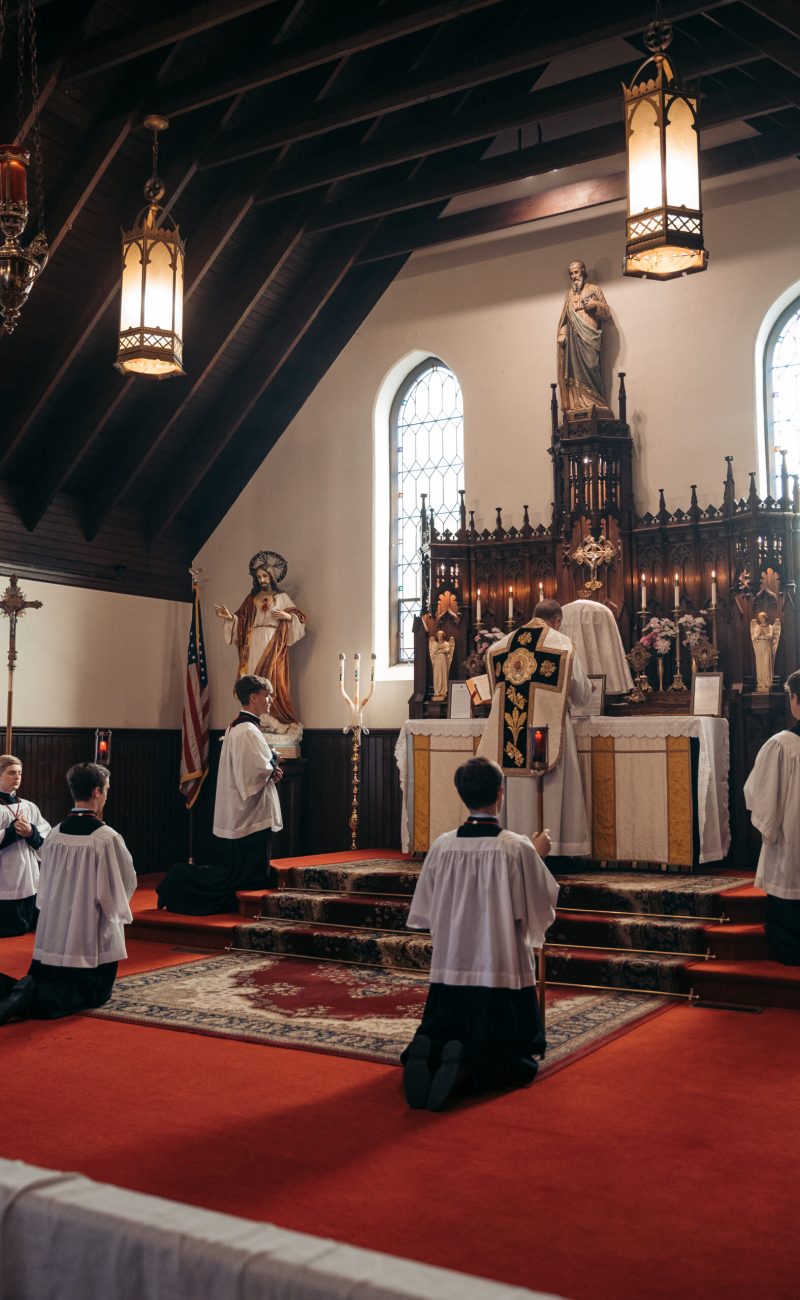
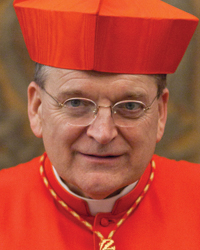
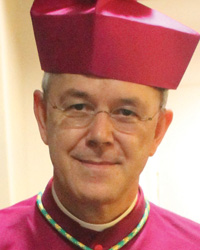
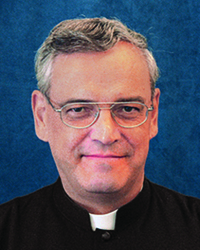
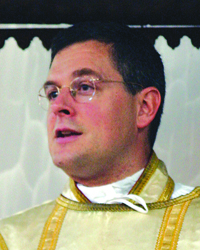
About The Latin Mass
“If there is anything divine among man’s possessions which might excite the envy of the citizens of heaven (could they ever be swayed by such a passion), this is undoubtedly the Most Holy Sacrifice of the Mass, by means of which men, having before their eyes, and taking into their hands the very Creator of heaven and earth, experience, while still on earth, a certain anticipation of Heaven.”
Pope Urban VII, 1634
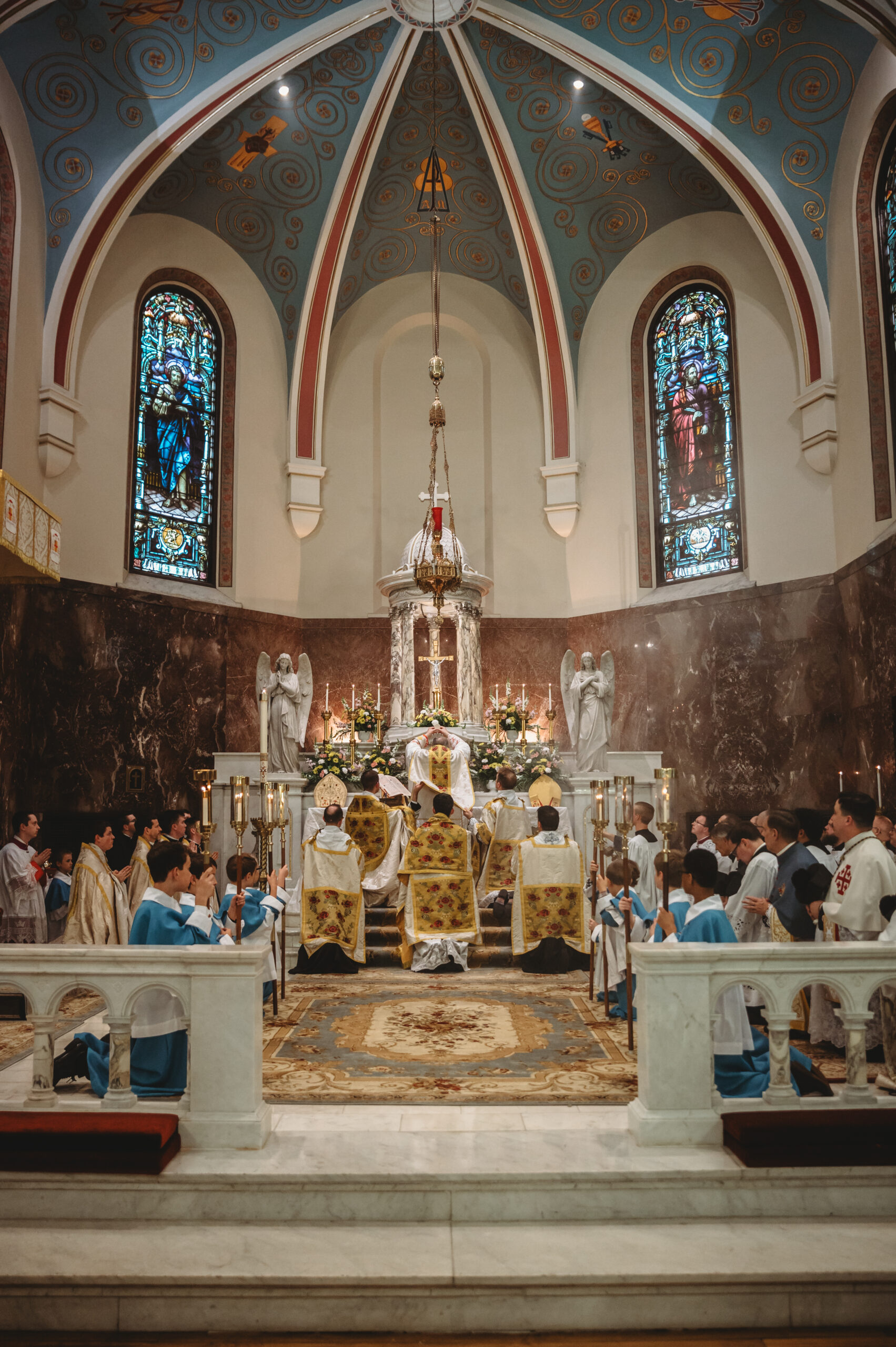
For nearly 1,400 years, the Traditional Latin Mass was the Liturgy of the Catholic world. It was the Mass at which practically every Pope, and Saint and Christian of the West worshiped from A.D. 600 to 1970. It was the Mass that Catholic martyrs gave their blood to preserve during the Protestant Reformation. It was the Mass that united Christians across Continents and across centuries. It has been described as “the most beautiful thing this side of heaven.”
With the crises in the world today, more and more people (especially young people) seek an alternative to the “modern world.” They are returning in droves to the wisdom of the ages, to things tested and timeless.
For many young Catholics and converts to the Catholic Faith, this has included a return to the traditional Latin Mass.
Recognizing that the traditional Latin Mass has never been abolished or forbidden, Pope Benedict XVI affirms in his July 7, 2007 Motu Proprio entitled “Summorum Pontificum” the right of every Catholic priest in the world to offer this Mass.
Perhaps the first difference that one will notice is the use of Latin at the traditional Mass — the official language of the Church. Over the centuries, Latin has helped unify Catholics from different countries and backgrounds.
The second major obvious difference is that in the traditional Latin Mass, the priest, like the rest of the congregation, faces East (ad orientem). East is the direction of the rising Sun, which is symbolic of the Risen Christ. This means that for much of the Mass, the priest’s back is toward the congregation.
This demonstrates the unity of the priest and the laity in worshiping God together. After all, Mass is not about the priest’s interaction with the congregation, but rather about his interaction with God Himself.
The third major difference concerns Holy Communion. At the traditional Mass, Holy Communion is received by parishioners on the tongue, and while kneeling.
This traditional form of receiving the Eucharist stresses the awesome reality that Holy Communion is indeed the Body of Christ, and should be received with the utmost of reverence.
Lastly, the music that one will hear at the traditional Mass will include solemn Gregorian Chant – the official music of the Church.
This is in place of guitars and other modern instruments (and tunes) that were introduced with the new Mass.
Overall, most Catholics who attend the traditional Latin Mass characterize the differences noted above, along with some others, as creating a greater “sense of the sacred” at the Mass.
No. Latin-English missals contain easy-to-follow, step-by-step translations of all the prayers, hymns, and responsorials of the Mass. The homily will be in English, and the scriptural readings will be read in both English and Latin.
Latin-English missals are always available for your use.
The Latin-English Booklet Missal lays out, in easy-to-follow format, the structure and prayers of the Mass. There are two sets of prayers at Mass: the ordinary prayers, and the proper prayers.
The ordinary prayers are those fixed prayers that repeat week after week, and will be contained in the Missal. The proper prayers, which change from day to day, will be provided to you via handout each Sunday.
Find a traditional Latin Mass (Provided by Mass of the Ages)
https://www.latinmass.com/find-latin-mass
Watch a traditional Latin Mass Online (Provided by the Fraternity of Saint Peter)
https://livemass.net/

